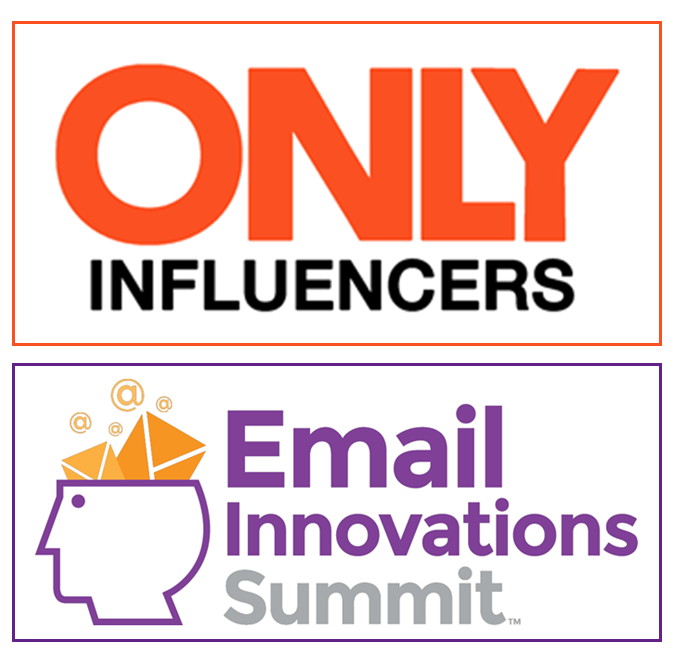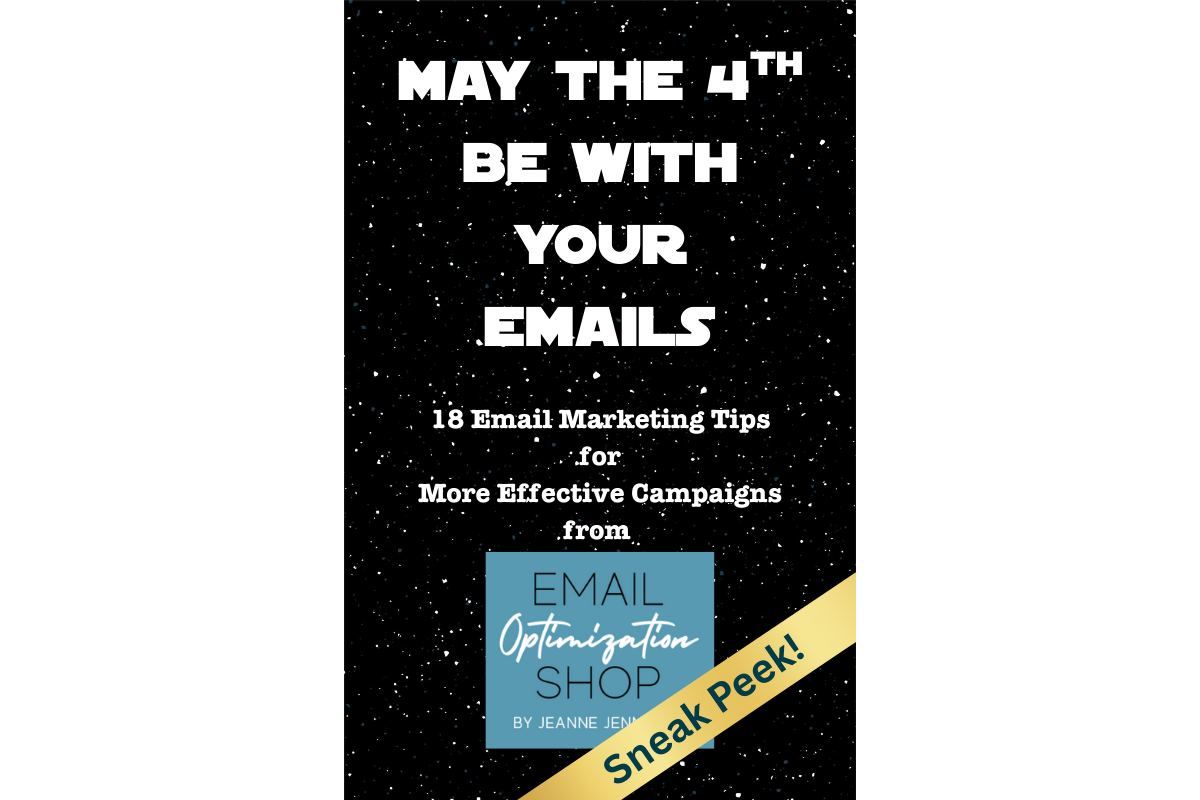As programming chair for Email Innovations World since 2020, I’ve reviewed a lot of proposals to speak. And as someone who’s been speaking at industry conferences for more than 20 years, I’ve probably written nearly as many as I’ve reviewed! So here are some tips to make your speaking proposal stand out from the rest – and get you that coveted spot on stage to share your expertise and build your own personal brand!
1. Understand the conference theme
Most conferences have a theme or a focus; choose a topic that’s in line with it. If it’s an email marketing event, maybe you don’t want to submit to speak on search engine marketing. Some conferences are even more specialized – be sure your topic matches that as well.
For instance, Email Innovations World is focused on advanced and innovative email marketing – so proposals for sessions on ‘email marketing for beginners’ aren’t going to make the cut.

2. Choose a topic you know about
Choose a subject where you have hands-on experience — even better, choose something that is interesting or exciting to you. That intersection between experience and passion – that’s what programming chairs are looking for. And that’s the sweet spot that’ll help you shine on stage.
I’ve seen posts in public forums that say things like “I’ve just been invited to speak on X topic at Y conference! So excited! If you have any information or examples of X topic, can you share them with me for my presentation?” Ugh. If you don’t have the knowledge and experience, don’t submit on that topic. Choose something else.
3. Craft an outline for your presentation
Always outline your presentation before you submit the proposal to speak. This ensures you can deliver what you propose. Be sure to include your key talking points as well as any examples you’ll use to illustrate them.
I always start with a ‘why’ – why does the audience need the information you’re presenting? How will it benefit them?
4. Add notes on interactive elements
Most presentations are more engaging when there’s audience interaction. Think about ways to build this into your presentation outline. One of my favorite interactive tactics is to survey the audience during the presentation – either with a show of hands or a survey tool (many conferences have apps that include survey functionality for presentation). If you’re including interactivity in your session, be sure to mention it in your session description!
5. Draft a list of what your attendees will learn
Once you have your presentation outline finalized, it should be easy to create bullet points on what your attendees will learn in your session. It’s good to talk about the information they will walk away with – it’s even better to explain how they will use this information to improve their job or their life – and the best is explaining how this session will be the best way to get this helpful information.
These bullet points will form the meet of your proposal – you’ll sandwich them between your opening and closing paragraphs in your session description.
6. Write an engaging opening paragraph
Your opening paragraph is where the ‘why’ in your presentation outline comes in. Use the ‘why’ to present a challenge or a problem your attendees have, and then to explain how your presentation will help them address it. You might also include a brief note on your credentials – on why you are qualified to educate them on this topic. This should be sentence or two, three at most. Then use a connection like “You’ll walk away knowing:” to lead into your bullet pointed list of what attendees will learn.
7. Close strong
You’ll want to close your session description with a final appeal; adding urgency and/or fear-of-missing-out (FOMO) can be very valuable. Remember: the session description you submit to get invited to speak is usually the same description used in the conference program. As such, your goals are to (a) get invited to speak but also to (b) motivate people looking at the agenda to register for the conference and then (c) entice registrants to attend your session.
8. Create an engaging title for your session
Why is this last? Why isn’t this first? Because I find it’s much easier to craft a benefit-oriented subject line after you have the presentation outline and the session description completed. This also helps make sure that what you promise in the title is delivered upon in the session.
9. Establish yourself as an expert in your bio
Your bio should support your experience in the subject that you’re speaking on. It’s good to provide a job title, company name and where you went to school. It’s better to talk about projects or work you’ve done that’s related to what you are speaking about. And don’t shy away from showing a bit of your non-work life. A brief mention of your favorite sports team or a hobby you enjoy is fine and showcases your humanity.
10. Make the deadline
This is good for you – and good for programming chairs. Getting your proposal to speak in before the deadline gives you your best chance of being invited to be onstage. Most conferences finalize their agendas 3 to 6 months before the event; the deadline is set to help them make their date.
11. Be flexible
Sometimes a programming chair may come back and offer you a spot on a panel or some other session which is different from what you submitted. If you feel like you are qualified to provide value in this new role, say yes. I will often do this when I see the value of a speaker’s experience but the session they presented isn’t a good fit or covers a topic where we have multiple proposals. Compromising this year may give you a better chance of getting the session you propose accepted next year.
In closing
It’s unlikely that you’ll be invited to be onstage if you don’t submit a proposal to speak. Speaking can be a great way to build your personal brand; it’s a steppingstone to meet people you might want to hire, work with, or work for in the future. It’s also a great way to share your knowledge with your peers and help everyone in your industry do better work.
 Photo by Kane Reinholdtsen on Unsplash
Photo by Kane Reinholdtsen on Unsplash
This post was written by Jeanne and originally published on the Only Influencers blog on January 11, 2023; it was updated on the Only Influencers blog on August 30, 2024.






